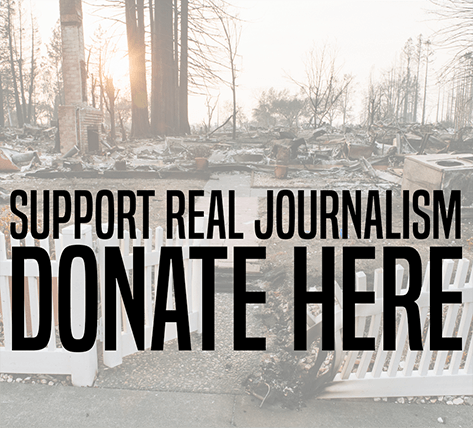Culture & Media
Reasons for the Winter Seasons
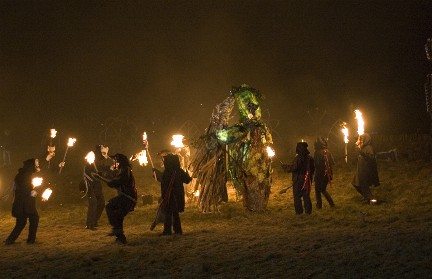
Even before Santa Monica became infamous for the atheists taking over most of the holiday kiosks at Palisades Park, I thought the season was bigger than merely Christmas. After all, December 25 marked the turning of the sun for the Romans – what they called Saturnalia. The whole season of festivals hinges on Solstice, not a baby’s birth – although a pregnant girl giving birth in a stable makes for a great story.
So my wife Susan and I think the season begins with Halloween and ends with what Americans call Ground Hog Day, an entire quarter of the calendar in which the daylight shortens and the nights lengthen in the northern hemisphere. The experience was so traumatic for our forbearers that they clustered a bunch of holy days around it.
Halloween, or Samhain in the ancient calendar, marked the narrowing of the veil between the world of light and the world of darkness – so the spirits could slip across more easily. Christians focused on November 1 and named it All Saints Day – a time for remembering the people who shaped our lives as well as our times. So up go the skeletons and the candles, not to mention marigolds and other harvest bounty, which people from Mexico weave into altars for the Day of the Dead.
Then, in quick succession, a batch of moon-cycle based holidays that, given the year, might include Al Hijra, New Year’s Day, and Ashura, a day of fasting, from the Muslim tradition or Diwali from the Hindu religion, or Bodhi Day from the Buddhists, followed by Thanksgiving and the first Sunday of Advent, New Year’s Day in the Christian liturgical calendar. So far, nothing in these cultural holy days suggests spending or buying, although the decorations change.
Next come the preparation stages for Solstice itself – lots of candles and shiny trinkets and images that reflect the forms winter days conjure. The ancients brought in a tree from the forest if one was nearby, partly to make sure there was enough wood to keep the fireplace full, partly to keep hope alive that the sun would not go out. Virgin de Guadalupe Day and the Posada processions over several nights keep people busy in Mexico and in Los Angeles, the largest Mexican city outside of Mexico. Somewhere in there, depending on the lunar calendar, Chanukah arrives. An eight-day cycle of lighting candles, it was a minor ritual until the American Jewish population became large enough to require something significant during the all-pervasive buying splurge.
My wife Susan and I celebrate Solstice itself with friends and food and music and stories and laughter and candles. After Christmas Eve and Day, Kwanzaa begins. A first fruits festival created by African American cultural leaders in L.A., each day affirms a different value: unity, self-determination, collective work and responsibility, cooperative economics, purpose, creativity and faith. It concludes on New Year’s Day when most Americans take down the ornaments and throw out the tree.
Not at our house. We wait until January 6 Epiphany in the Western Christian tradition, (or Christmas Day, in the Eastern Orthodox calendar) which ends the Twelve Days of Christmas everyone has heard as a song at the mall. Only then can stuff get packed away for another year, but it does not end the holy days. The national holiday marking the birth of Martin Luther King Jr. offers Americans an opportunity to reflect on the meaning of their lives and the purpose of our national life together, so we do.
Finally, February 2 arrives, halfway through winter, predicting how many weeks until the first crops will provide food again. The ancient Celtic women’s traditions marked it as Imbolc, a holy day of fire. The Irish celebrate St. Bridget who kept an eternal flame alive, and Catholics perform a liturgy called Candlemas. In Mexico people named it Lava Day, when the baby Jesus gets taken from the manger, bathed, and given adult cloths to begin his life work. That’s when we take down the crèche and put away the last remembrances of the day that the sun came up again so that life – our lives – could go on. So maybe Santa Monica needs to add a few more kiosks in the park to tell these stories.

-
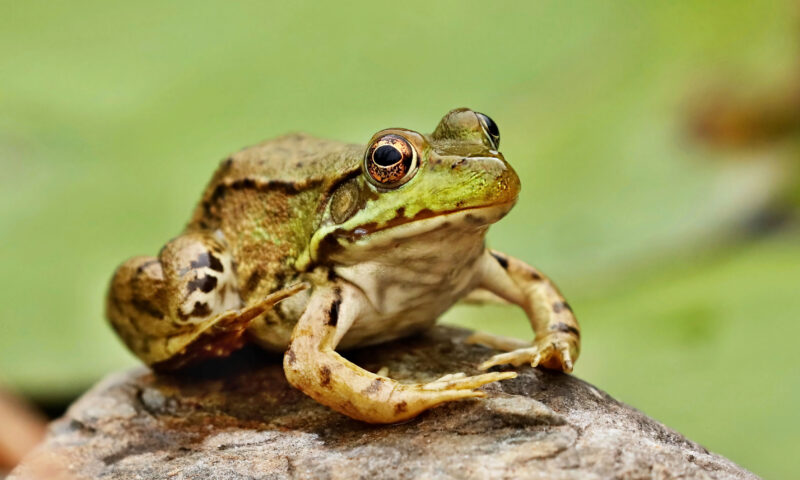
 The SlickNovember 14, 2025
The SlickNovember 14, 2025Can an Imperiled Frog Stop Oil Drilling Near Denver Suburbs? Residents Hope So.
-
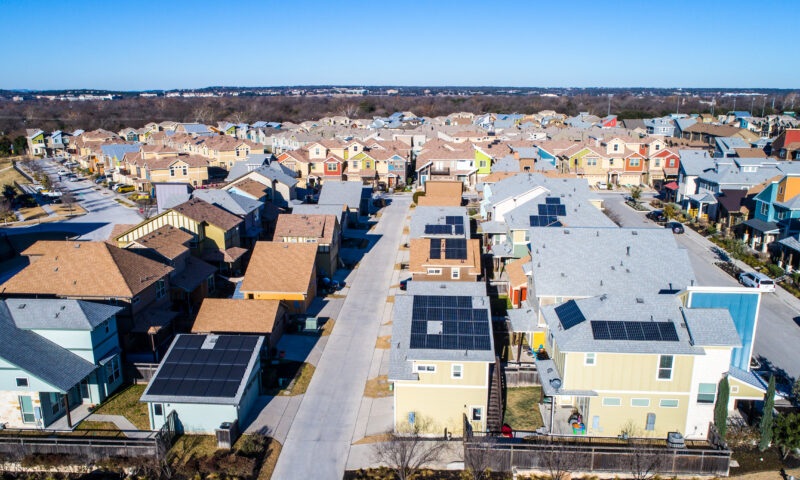
 The SlickNovember 12, 2025
The SlickNovember 12, 2025Known for Its Oil, Texas Became a Renewable Energy Leader. Now It’s Being Unplugged.
-

 Column - State of InequalityNovember 13, 2025
Column - State of InequalityNovember 13, 2025Barring a Sharp Shift, Health Insurance Costs Will Skyrocket
-

 Latest NewsNovember 19, 2025
Latest NewsNovember 19, 2025How Employers and Labor Groups Are Trying to Protect Workers From ICE
-
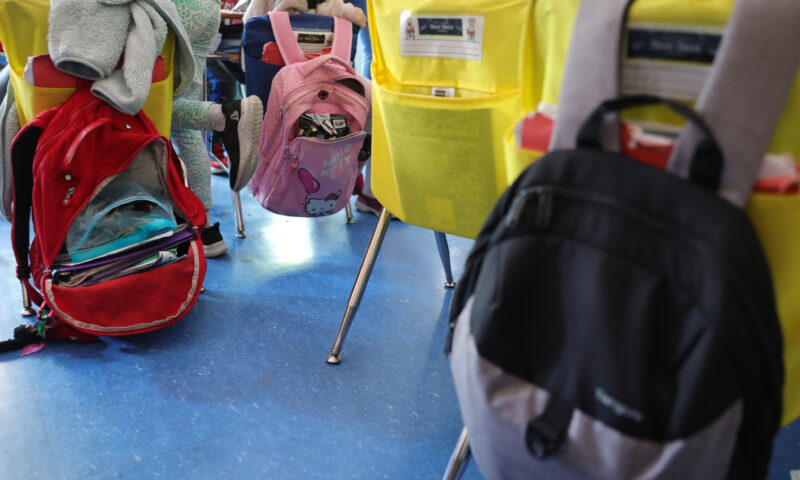
 Latest NewsNovember 18, 2025
Latest NewsNovember 18, 2025Future of Special Education at Risk, Teachers Say, as Trump Moves to Cut Staff and Programs
-
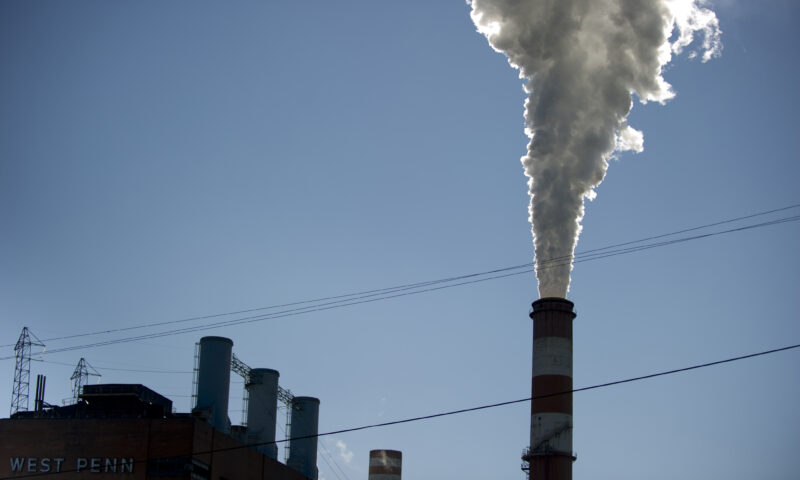
 The SlickNovember 18, 2025
The SlickNovember 18, 2025After Years of Sparring, Gov. Shapiro Abandons Pennsylvania’s Landmark Climate Initiative
-
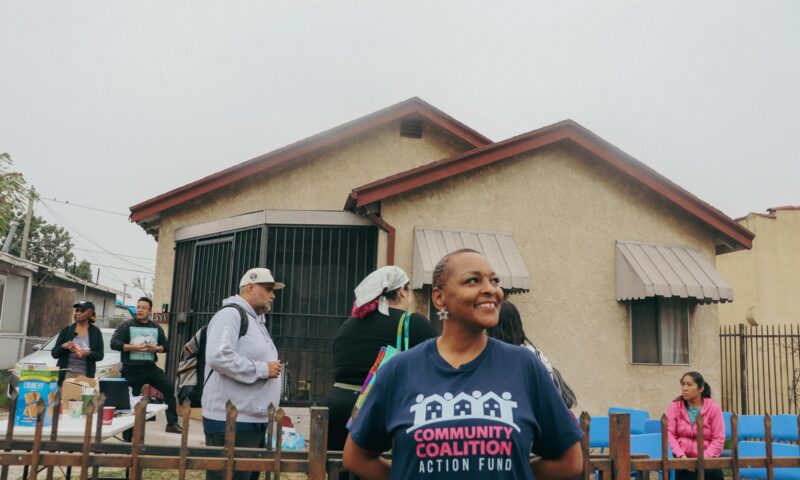
 Latest NewsNovember 17, 2025
Latest NewsNovember 17, 2025In South L.A., Black and Latino Neighbors Unite Against ICE as Systems Fail
-

 Column - State of InequalityNovember 21, 2025
Column - State of InequalityNovember 21, 2025Seven Years Into Gov. Newsom’s Tenure, California’s Housing Crisis Remains Unsolved

